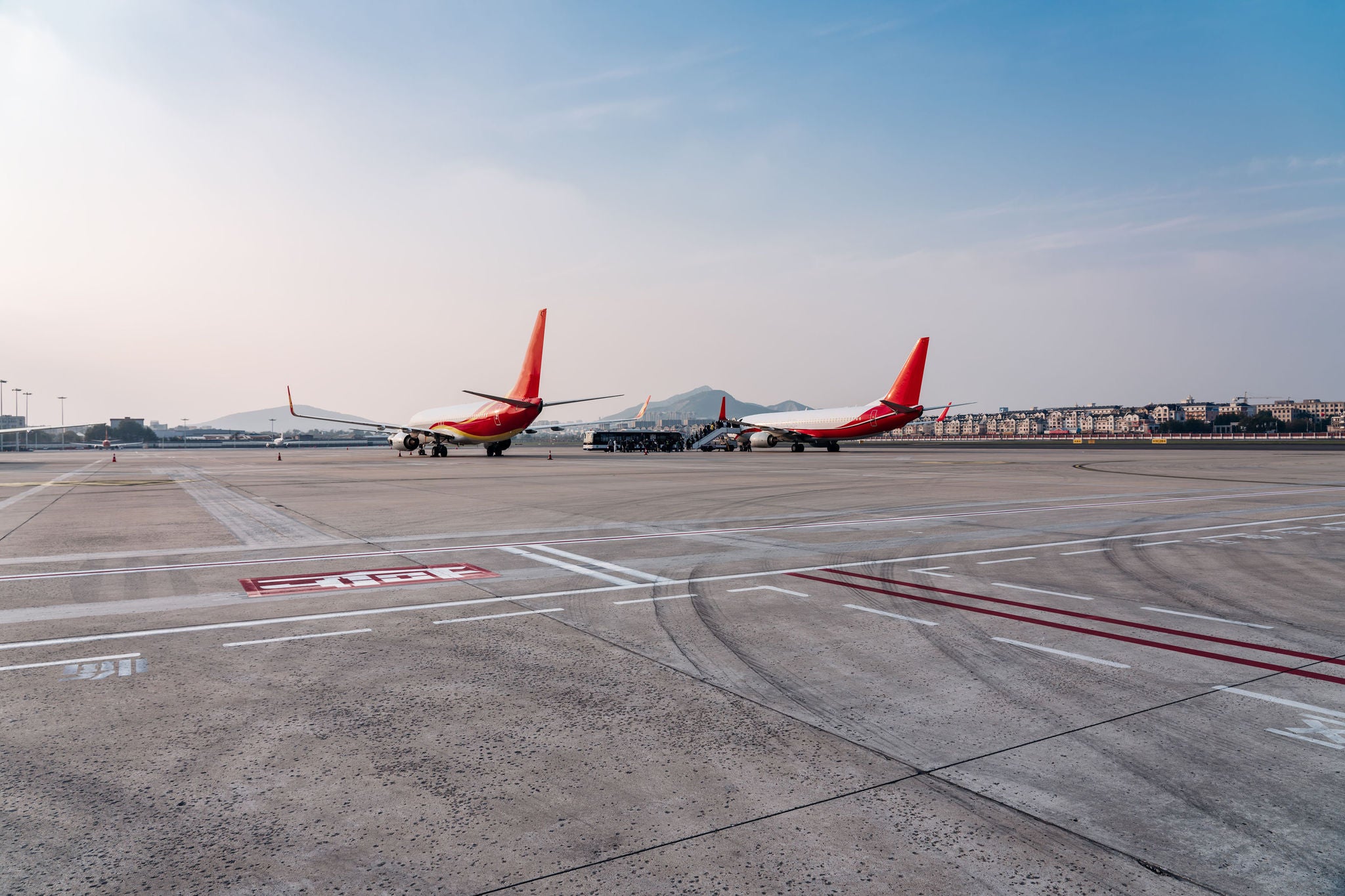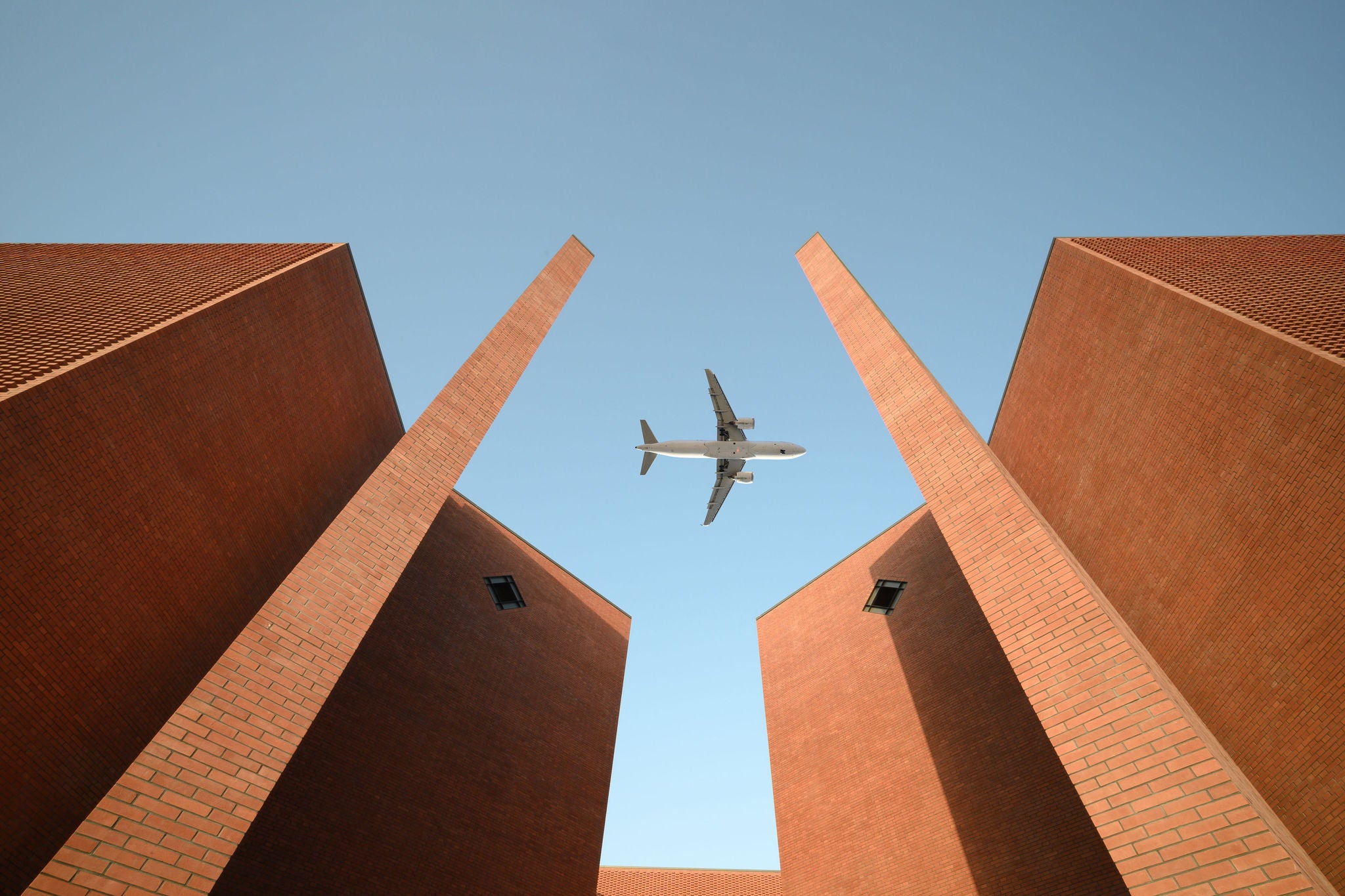The bankruptcy restructuring programme was the world’s third biggest ever. It involved four simultaneous cases: three for the listed airlines, airports and commercial entities, and the other covering 321 HNA Group Chinese subsidiaries.
The administrators – which included EY China – made a number of landmark decisions during the restructuring process. To start, they chose the collective insolvency procedure bankruptcy route for the 321 Chinese subsidiaries, which judged them as one entity. This avoided the complexity and cost of separating out the interconnected businesses.
The inclusion of EY-Parthenon in the administrators’ team reflected the value and breadth of its support for the HNA Group during the immediate pre-restructuring period. Generally, major, large-scale Chinese restructurings do not make accountancy businesses administrators, relying more on legal firms.
The debt restructuring plans got the legal go-ahead in China and Europe, along with approval from 90% of creditors. This was the first time the EU had recognized a bankruptcy reorganization sanctioned by a Mainland China court. The conglomerate was then divided into four independently listed entities – aviation, airport, commercial and financial – designed to deliver optimum synergies between the group’s different businesses.
Streamlining for sustainable growth
HNA Group’s vast portfolio of companies was streamlined to focus on its core air industry businesses. This included selling Ingram Micro to global M&A firm Platinum Equity for US$5.9 billion, enabling M&A loans and debts to be repaid and expenses reduced.
To get the business in the best shape for sustainable growth, it was tailored to fit the evolving market. HNA Group’s airport operations, for example, were honed to concentrate on airports, duty-free business and airport-related infrastructure construction. This decision mirrored new opportunities arising in Hainan, one of China’s largest free-trade ports.
The province is opening its airports to more international flights and introducing lower, simpler tariffs and taxes, including an increase in the duty-free allowance. Reflecting a wider real estate slump, the airport entity wound down its sale of undeveloped land around its two Hainan airports.









